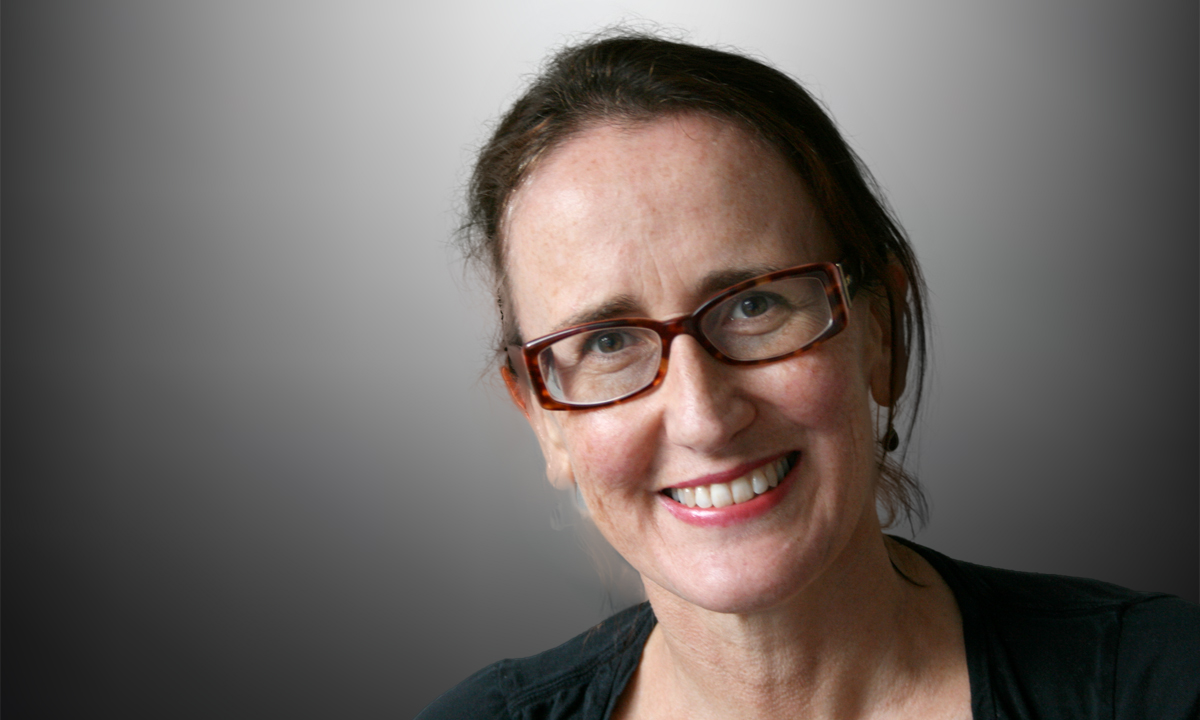IN the 2017 Netflix series, 13 Reasons Why, 17-year-old Hannah Baker creates a series of audio tapes to be listened to after her death, each explaining how individual people in her life contributed to her decision to commit suicide.
The 13 tapes detail bullying, sexual assault and shaming by Hannah’s peers along with some inadequate responses from various adults who might have been expected to come to her aid.
The series, targeted at the adolescent demographic, was a massive hit for Netflix (its third most binge-watched series of the year).
While some applauded 13 Reasons Why for bringing the issue of teen suicide out into the open, it was also widely criticised by mental health experts for the inclusion of a graphic suicide scene and its alleged potential to promote suicidal ideation in young people.
Psychologist Dr John Ackerman, for example, described the series as sensationalist, saying it perpetuated misconceptions about suicide, including that nothing could be done to prevent it.
Watching 13 Reasons Why at the time, I was moved and engaged but felt a lurking unease at the performative nature of Hannah’s suicide, the carefully constructed revenge contained in those tapes exposing all who had wronged her.
By killing herself, you could think, Hannah had “won” against the bullies and rapists, an idea that might indeed be seductive to a teenager in pain.
Evidence for a causal link between fictional portrayals of suicide and actual suicide rates, though, has always been hard to come by.
The supposed link is sometimes called the “Werther effect” after Johann Wolfgang von Goethe’s 1774 novel, The sorrows of young Werther, about a passionate romantic led by unrequited love to kill himself in dramatic and ritualistic fashion.
The book was banned in several countries after “Werther fever” apparently prompted young men, not just to dress like the fictional character, but also to emulate his method of suicide. Some German cities even banned the wearing of Werther’s trademark blue jacket and yellow vest.
Clearly the Werther effect cannot be tested through randomised controlled trials but, in the wake of 13 Reasons Why, a number of researchers have sought to elucidate a possible causal link, with often contradictory results.
One study found an increase in paediatric admissions for attempted suicide at a single US hospital after the show was screened, while another found self-reported decreases in both suicidal ideation and bullying among adolescents who had watched it.
Research published last week adds a new layer to the evidence. Researchers analysed recently released US suicide data covering the 3 months after the show was released, comparing it with historical trends and adjusting for seasonal variation.
Suicides in young males (aged 10–19 years) were up by 12% over the period, they found, while for females the increase was 22%. There were no increases in other age groups.
This does not of course prove 13 Reasons Why caused the estimated additional 94 youth suicides over the period, as the authors acknowledge. There could be a multitude of other confounding factors and there is no way to know whether the teenagers who died had even watched the Netflix series.
Still, it is thought-provoking.
Fictional forms can, and should, grapple with challenging, heart-breaking subjects. They should tell the stories of young people who, for whatever reason, find it too hard to go on. Silence helps nobody.
But working out how to tell those stories without causing harm, while also avoiding the kind of preachiness and inauthenticity adolescents can spot a mile off, is no easy task.
Jane McCredie is a health and science writer based in Sydney.
If this article has raised issues for you, help is available at:
Doctors’ Health Advisory Service (http://dhas.org.au):
NSW and ACT … 02 9437 6552
NT and SA … 08 8366 0250
Queensland … 07 3833 4352
Tasmania and Victoria … 03 9280 8712 http://www.vdhp.org.au
WA … 08 9321 3098
New Zealand … 0800 471 2654
Medical Benevolent Society (https://www.mbansw.org.au/)
AMA lists of GPs willing to see junior doctors (https://www.doctorportal.com.au/doctorshealth/)
Lifeline on 13 11 14
beyondblue on 1300 224 636
beyondblue Doctors’ health website: https://www.beyondblue.org.au/about-us/our-work-in-improving-workplace-mental-health/health-services-program
The statements or opinions expressed in this article reflect the views of the authors and do not represent the official policy of the AMA, the MJA or InSight+ unless so stated.

 more_vert
more_vert